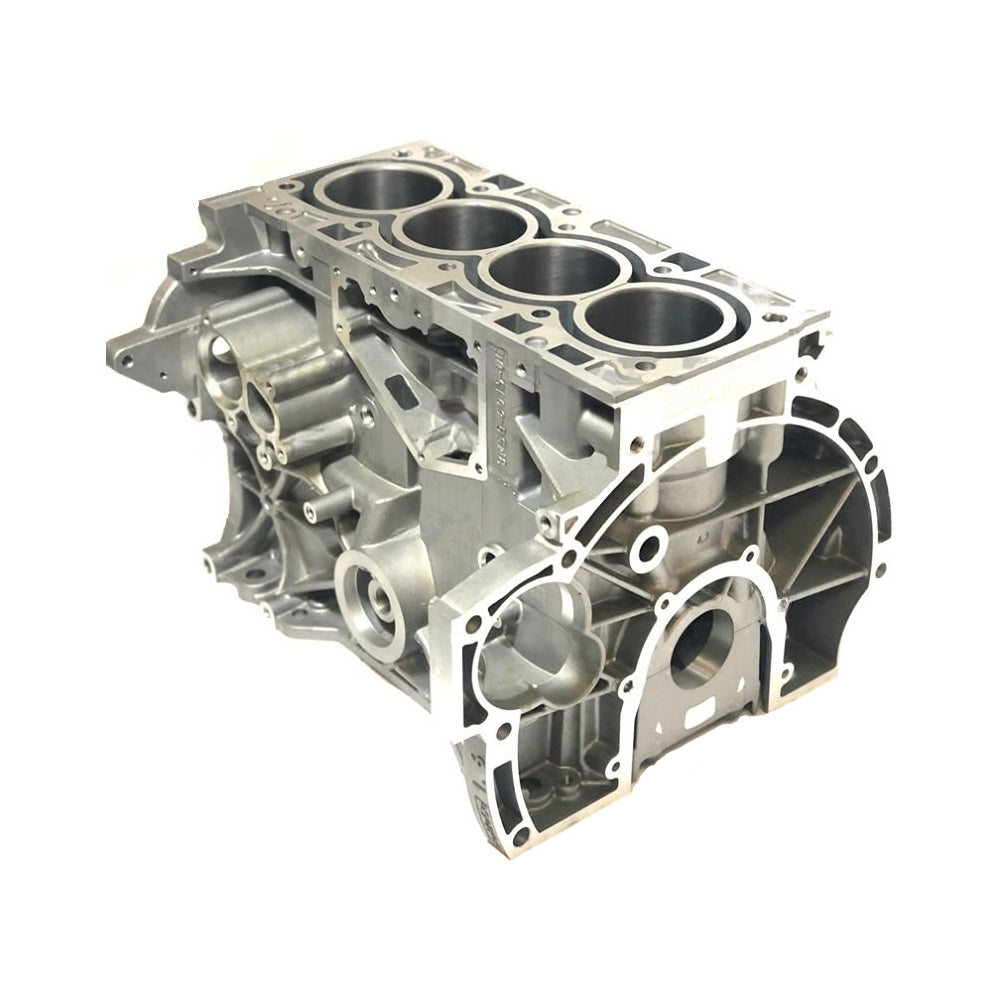Save Money on Repairs with Regular Ford Fiesta Engine Inspections
Save Money on Repairs with Regular Ford Fiesta Engine Inspections
Blog Article
Opening the Power of Engines: A Comprehensive Guide to Performance and Performance
Recognizing the elaborate technicians of engines is essential for both efficiency fanatics and everyday motorists. The solutions may redefine our technique to engine efficiency and performance in ways that are both informing and important.
Comprehending Engine Essentials
What comprises the basic technicians of an engine? At its core, an engine is a maker created to convert fuel right into mechanical power with a series of controlled surges or burning processes.
The crankshaft then changes this direct motion right into rotational power, which inevitably powers the lorry. The camshaft controls the opening and closing of the shutoffs, regulating the intake of air and gas and the expulsion of exhaust gases. In addition, the engine relies upon a carefully calibrated fuel-air combination, ignition system, and cooling down system to make sure optimal efficiency and effectiveness.
Understanding engine essentials likewise entails acknowledging the significance of engine cycles, such as the four-stroke cycle, that includes intake, exhaust, power, and compression strokes. Each stage is crucial in making certain the engine functions efficiently and effectively. Proficiency of these fundamental auto mechanics prepares for exploring a lot more complex engine characteristics and performance metrics, essential for enhancing both power result and efficiency.
Secret Efficiency Metrics
Key efficiency metrics are essential for assessing an engine's performance and power output, offering useful insights for both consumers and makers. These metrics work as benchmarks for engine performance, enabling for educated decisions in production, layout, and buying.
Among the key metrics is horse power, which evaluates the engine's capacity to perform work over time. Torque, measured in pound-feet, is one more vital statistics that indicates the engine's rotational force, directly impacting velocity and pulling capability. Gas performance, generally determined in miles per gallon (MPG) or litres per 100 kilometers (L/100km), evaluates exactly how properly the engine transforms gas right into movement, affecting functional expenses and environmental considerations.
Furthermore, thermal efficiency measures how well an engine transforms gas energy into valuable job, exposing insights right into power losses mainly through heat. Exhaust degrees, including CO2 and NOx, are additionally essential, showing the engine's environmental impact and conformity with regulative standards.

Tuning Techniques for Efficiency
Tuning methods play a considerable duty in boosting engine efficiency by optimizing performance metrics identified in earlier discussions (ford fiesta visit here engine). Different techniques exist to tweak an engine, each adding to enhanced gas economic situation and lowered emissions
One effective technique is adjusting the air-fuel ratio, ensuring the engine operates within the optimum burning regimen. A leaner combination can boost gas performance, however it needs to be balanced to avoid misfires or engine knock. Furthermore, reprogramming the engine management system can recalibrate parameters such as ignition timing, which further boosts performance while preserving power outcome.
Another vital approach entails customizing the intake and exhaust systems. Upgrading to high-performance air filters and exhaust headers can lower back stress, promoting much better airflow. This allows the engine to take a breath even more freely, leading to boosted combustion efficiency.
Furthermore, the execution of sophisticated tuning devices, like dyno testing, provides exact data that enables targeted changes. Consistently keeping an eye on these performance metrics ensures that adjusting efforts yield the wanted effectiveness outcomes. Jointly, these techniques not just reinforce engine efficiency however also add to long-term sustainability in engine procedures.
Maintenance for Optimum Performance
Normal engine maintenance is crucial for accomplishing optimum performance and long life. A well-kept engine not just operates successfully but likewise minimizes the danger of pricey repair work and failures. Key elements requiring routine attention include oil, filters, belts, and ignition system.
Altering the engine oil at recommended periods is critical, as oil lubricates relocating components and prevents overheating. Changing oil and air filters guarantees that pollutants do not harm engine feature. Neglecting these components can cause lowered performance and potential special info engine damage.
Furthermore, checking and changing used belts and tubes is vital to avoid unexpected failings. Timing belts, in certain, should be replaced according to the manufacturer's schedule to avoid devastating engine damage.
Ignition system must additionally be examined and changed as essential, given that they play a crucial function in ignition and gas effectiveness.
Future Patterns in Engine Innovation
Welcoming improvements in innovation, the future of engine design is positioned to transform performance and performance across various applications. Crossbreed and totally electric powertrains are becoming significantly traditional, providing reduced exhausts and improved gas effectiveness.
Furthermore, technologies in products science are causing lighter, stronger elements that boost engine performance see this page while reducing energy intake. Advanced manufacturing strategies, such as 3D printing, allow for the production of complex geometries that boost airflow and thermal administration, hence enhancing burning processes.
Furthermore, the assimilation of synthetic knowledge and artificial intelligence is established to transform engine diagnostics and performance adjusting. These technologies can examine substantial amounts of data in actual time, enabling predictive upkeep and customized performance enhancements.
Final Thought
In final thought, unlocking the power of engines calls for a complete understanding of their auto mechanics and efficiency metrics. Implementing reliable adjusting methods and adhering to routine maintenance practices considerably enhance engine capabilities.
Furthermore, the engine relies on a thoroughly adjusted fuel-air combination, ignition system, and cooling system to ensure optimum efficiency and efficiency.
Recognizing engine fundamentals also entails acknowledging the importance of engine cycles, such as the four-stroke cycle, which consists of consumption, power, exhaust, and compression strokes. Mastery of these basic auto mechanics lays the foundation for checking out more complicated engine dynamics and efficiency metrics, important for maximizing both power outcome and efficiency.

Accepting improvements in modern technology, the future of engine layout is positioned to change efficiency and performance throughout different applications.
Report this page